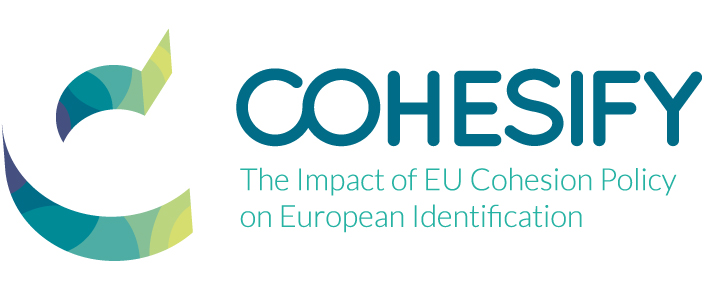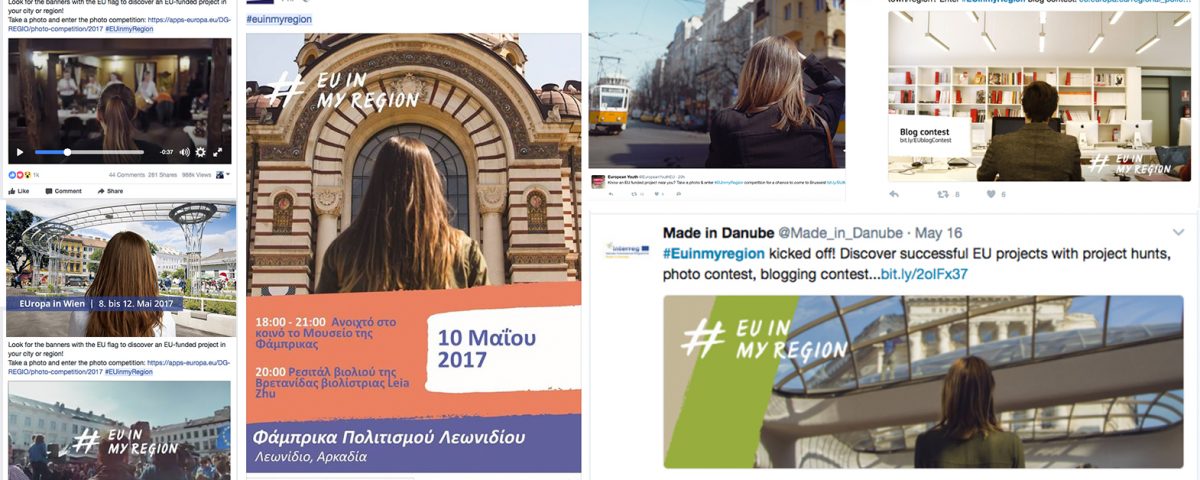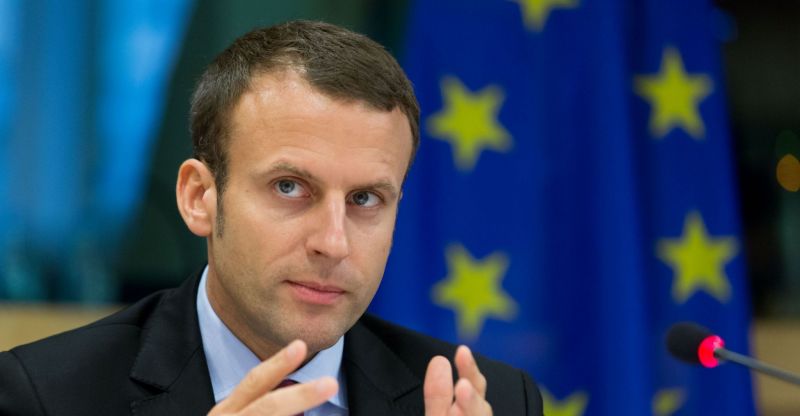
Macron and Europe, what about Regional funds?
May 17, 2017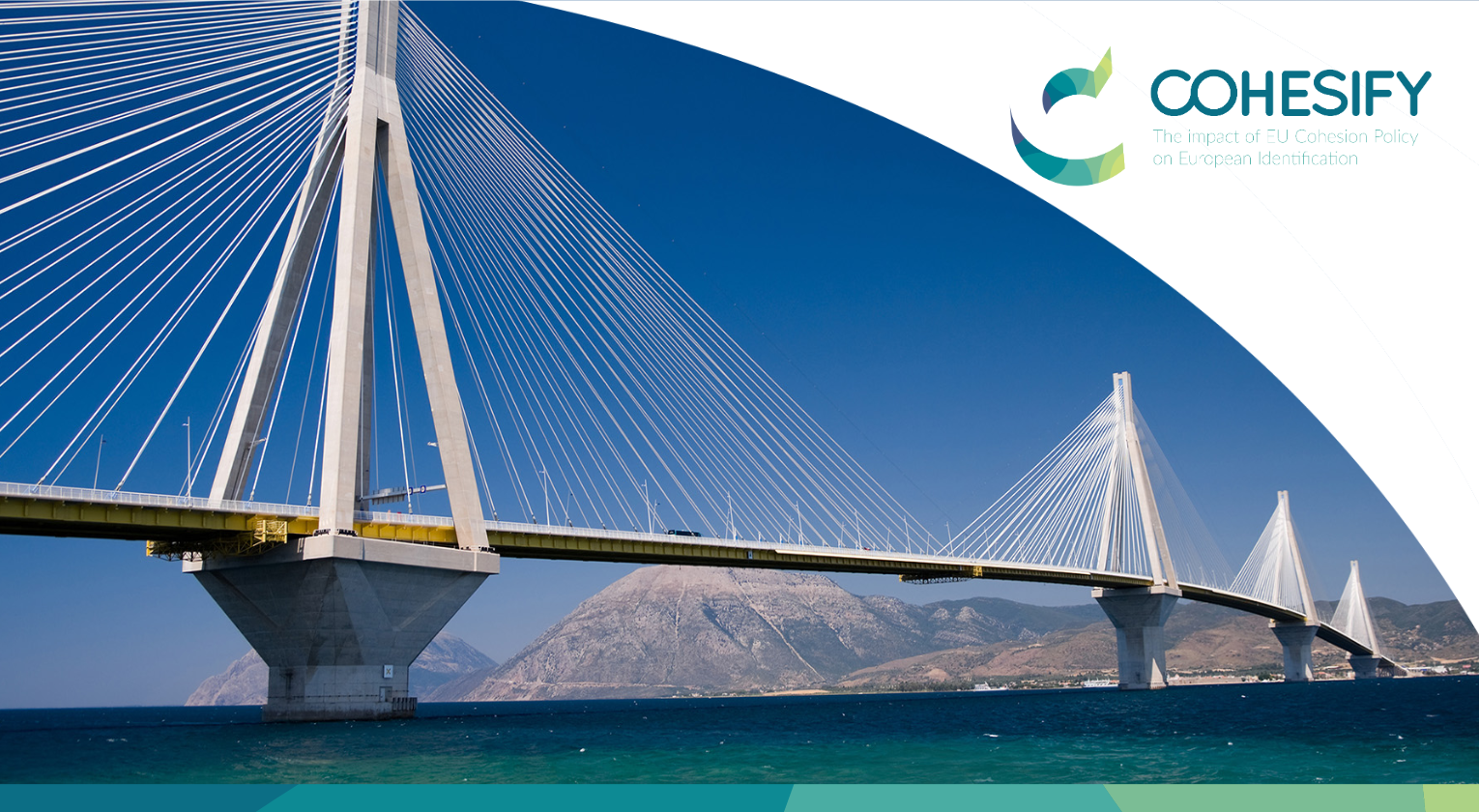
Cohesion Policy Regional Implementation Settings: A Definition and a Measurement
June 6, 2017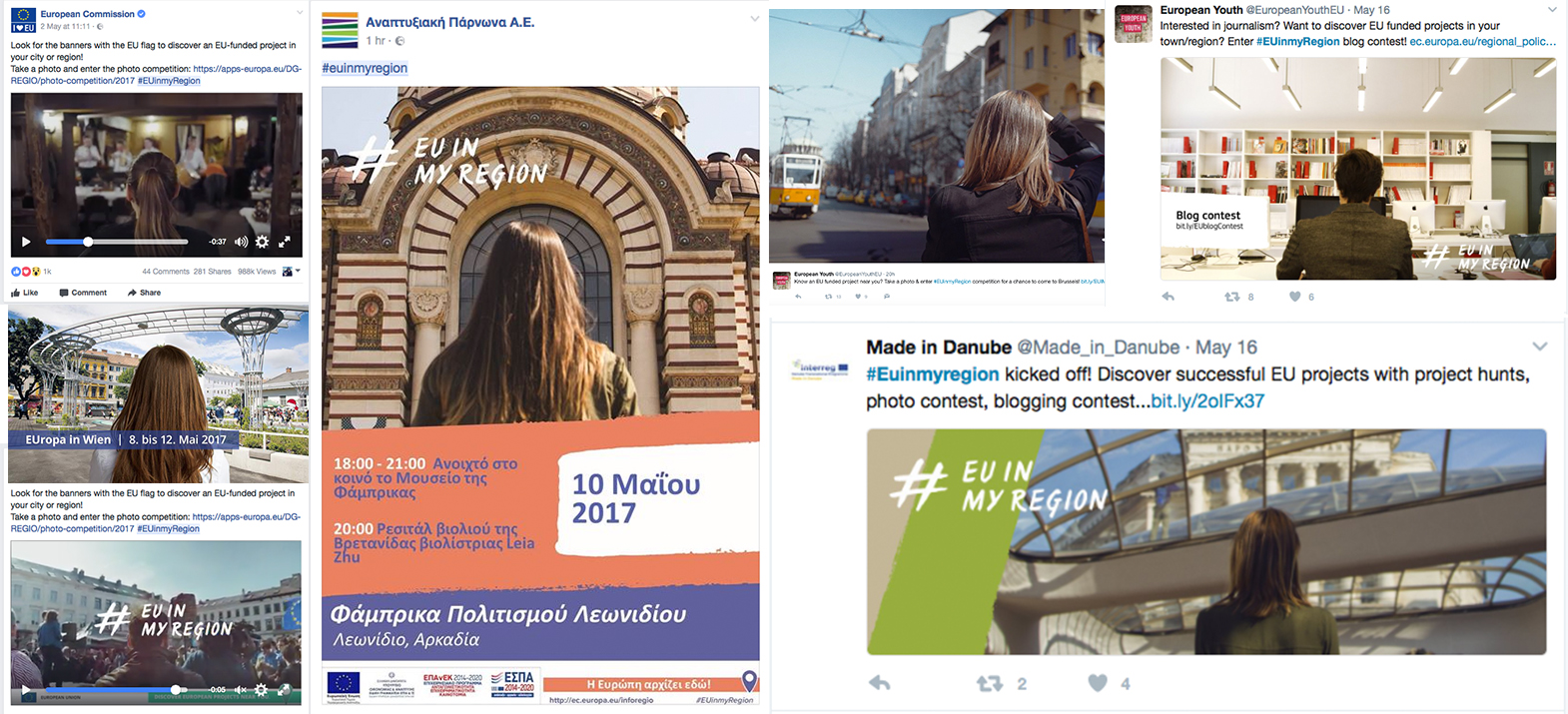
The EU officials, well aware that trust in the European project is fading, have been struggling to catch the attention of national audiences. As many initiatives and policies that influence the everyday lives of Europeans go unnoticed, more and more efforts are made to ensure that the visibility of the EU is good.
Starting in May and continuing into the summer, the European Commission is inviting everyone to celebrate Europe, concentrating on the EU-funded projects in all Member States. The campaign’s name is unambiguous - EUinMyRegion aims to make the benefits of EU membership crystal clear. Fairs, city walks and food tastings have been organised to engage citizens in local activities and at the same time make their perception of the EU a little warmer.
This strategy sounds like a good plan, but in practical terms, how can it be accomplished? You need willing participants. To be more precise – you need the beneficiaries of EU projects. The campaign relies on entities that have received money to develop projects to open their doors and organise events for local communities.
It is a hard nut to crack – how do you motivate a heterogeneous group of beneficiaries spread throughout 28 member states to take part in a campaign and spread your message? This is the question that the European Commission had to answer.
DG REGIO opted for a very flexible and empathetic approach. To promote the different cross border activities: a photo contest, a blogging competition and a little game for families were created. The EC provided all potential beneficiaries with a set of tools that were ready to use. Every beneficiary can simply download a poster, fill in the blank spaces with information about their event, and distribute them to the local inhabitants.
Using EU-created materials is of course voluntary (some member states create their own tools). It is interesting, however, to see the shift in the European institutions focus towards the needs of Europeans. The EU knows that in order to reach citizens, it has to help the multipliers (in this case those who received the funds to carry out projects). Long-standing cooperation with managing authorities and project managers enhances the understanding of the partners and allows the Commission to answer their needs.
Why does the EU go to so much trouble? Because it is aware that experiencing the impact of European funds - literally touching, tasting and sightseeing – adds a physical and tangible dimension to the EU that seems elusive most of the time.
Even more importantly, it makes the EU present in local towns and cities. The campaign shows that the EU is interested in the wellbeing of everyone’s home. This is the key to grasping the attention of Europeans – talking about things they care about.
Waiting to see the results of this year’s campaign.
Anna Frankowska Old-Continent
